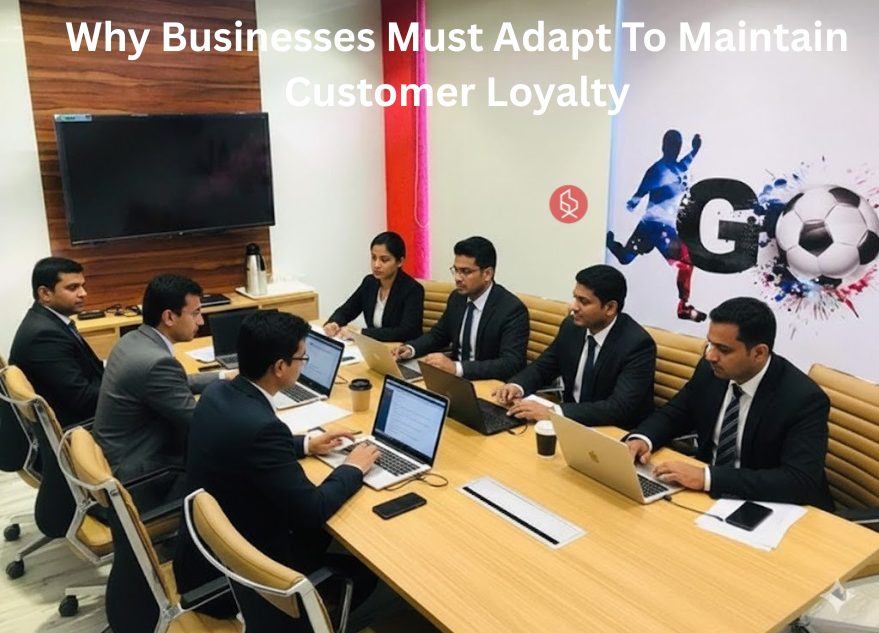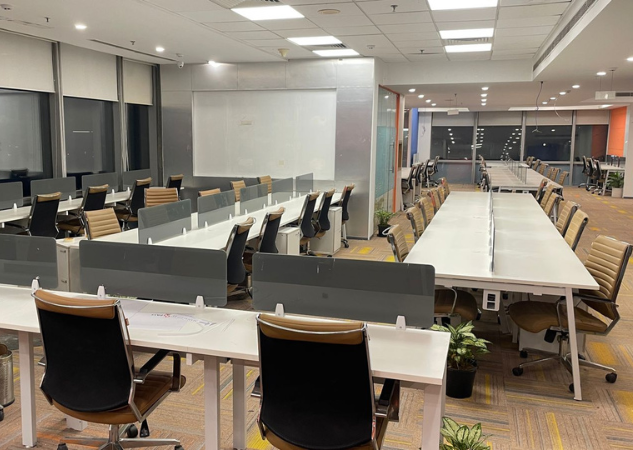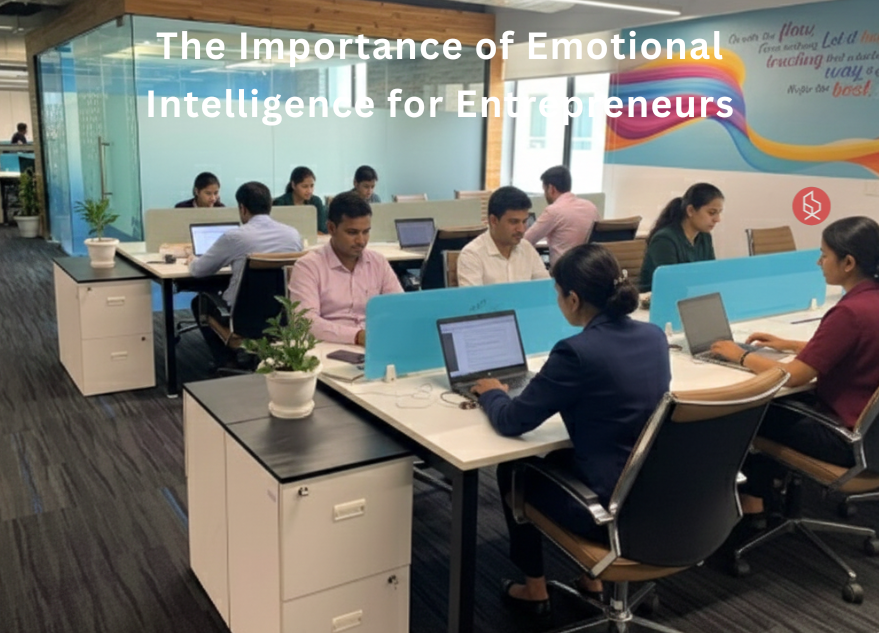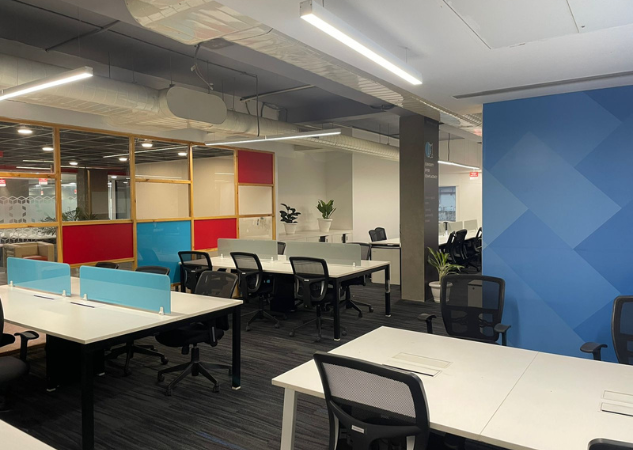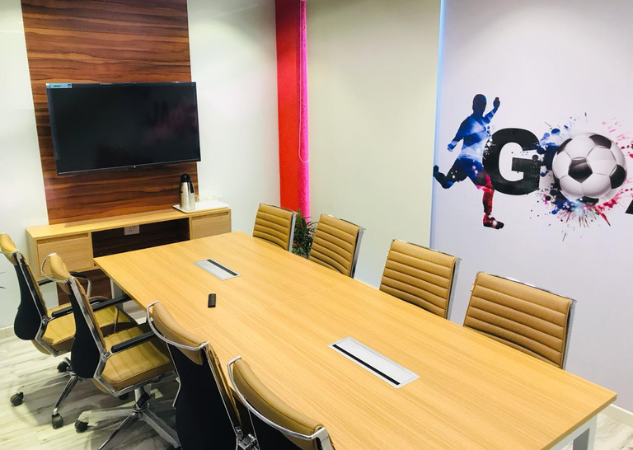Building a successful business takes more than a great idea it requires strong entrepreneurial financial management. Whether you’re starting out or scaling up, mastering smart money habits is key to sustainable growth and long-term success.
💡 Are you looking for Coworking space in Gurgaon, Noida or Delhi? We are just a call away. Call Now: 08999 828282
10 Essential Money Habits Every Entrepreneur Must Master
- Separate Personal and Business Finances Immediately
- Track Every Dollar With Precision
- Build an Emergency Fund Before Expanding
- Master Cash Flow Forecasting
- Pay Yourself a Consistent Salary
- Automate Tax Savings Systematically
- Invest in Professional Financial Guidance
- Diversify Income Streams Strategically
- Review and Renegotiate Fixed Expenses Regularly
- Plan for Long-Term Wealth Beyond the Business
1. Separate Personal and Business Finances Immediately
One of the foundational principles of entrepreneurial money management is maintaining clear boundaries between personal and business accounts. Open a dedicated business bank account and credit card from day one, even if you’re a solopreneur. This separation simplifies tax preparation, protects your personal assets, and provides accurate financial visibility. When everything flows through separate channels, you’ll make better strategic decisions based on real business performance rather than mixed signals.
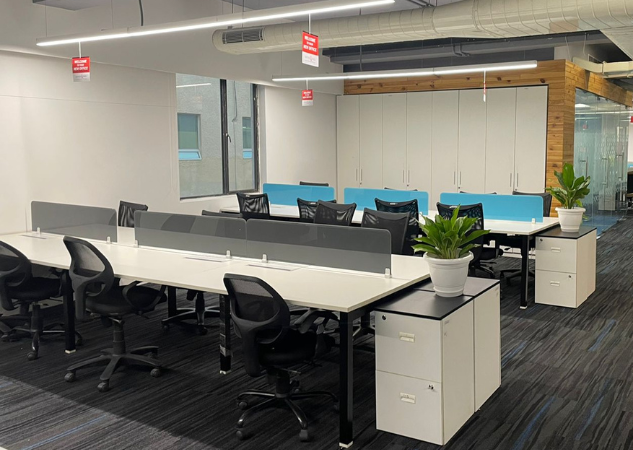
2. Track Every Dollar With Precision
Successful financial management in entrepreneurship starts with meticulous tracking of income and expenses. Implement accounting software or hire a bookkeeper to record every transaction, no matter how small. Regular monitoring reveals spending patterns, identifies cost-saving opportunities, and prevents financial surprises. Consider reviewing your financial dashboard weekly to stay connected with your business’s financial pulse and catch potential issues before they escalate.
3. Build an Emergency Fund Before Expanding
Innovative money management for entrepreneurs means preparing for uncertainty before chasing growth. Aim to accumulate three to six months of operating expenses in a liquid savings account. This financial cushion protects you during seasonal slowdowns, unexpected repairs, or economic downturns. Having reserves also strengthens your negotiating position with vendors and prevents desperate decision-making when cash flow tightens temporarily.
Also Read: The Top 10 Ways Small Businesses Can Make Money In 2026
4. Master Cash Flow Forecasting
Understanding the difference between profit and cash flow separates amateur from professional entrepreneur financial management. Create monthly cash flow projections that account for payment delays, seasonal variations, and upcoming expenses. This forward-looking approach prevents the typical scenario in which profitable businesses still struggle to pay their bills. Update your forecast regularly and adjust spending plans based on projected rather than current account balances.
5. Pay Yourself a Consistent Salary
Many entrepreneurs fall into the trap of taking irregular draws that complicate personal budgeting and tax planning. Establish a reasonable, consistent salary that covers your living expenses while leaving adequate capital in the business. This disciplined approach to money management for entrepreneurs creates financial stability in your personal life and forces better business budgeting. Your salary should reflect market rates for your role, not fluctuate with every revenue spike or dip.
6. Automate Tax Savings Systematically
Quarterly tax obligations catch unprepared entrepreneurs off guard, creating stressful scrambles for cash. Set up automatic transfers to a dedicated tax savings account, setting aside 25-35% of revenue depending on your tax bracket. This strategic wealth management for entrepreneurs and business owners approach ensures you’re never surprised by tax deadlines. Work with an accountant to determine your exact percentage and adjust as your business structure evolves.
7. Invest in Professional Financial Guidance
Attempting to navigate complex tax laws, investment strategies, and business structures alone often costs more than hiring experts. Partner with a qualified accountant, financial advisor, or CFO consultant who understands entrepreneurial money management challenges. These professionals identify deductions you’d miss, optimize your business structure, and provide strategic insights that generate returns far exceeding their fees. Think of professional guidance as an investment, not an expense.
8. Diversify Income Streams Strategically
Relying on a single client, product, or revenue channel creates a dangerous vulnerability in managing finances in entrepreneurship. Systematically develop complementary income sources that leverage your existing expertise and infrastructure. This might include productizing your service, adding subscription offerings, or targeting adjacent markets. Diversification stabilizes cash flow, reduces client concentration risk, and creates pathways for exponential growth without proportional increases in effort.
💡 Are you looking for Coworking space in Gurgaon, Noida or Delhi? We are just a call away. Call Now: 08999 828282
9. Review and Renegotiate Fixed Expenses Regularly
Business costs creep upward silently if left unchecked, eroding profitability without obvious culprits. Schedule quarterly reviews of all recurring expenses software subscriptions, insurance policies, rent, and service contracts. Contact vendors to negotiate better terms, eliminate unused services, and comparison shop for significant expenses. This proactive money management for entrepreneurs often uncovers thousands in annual savings that directly boost your bottom line.
10. Plan for Long-Term Wealth Beyond the Business
Many entrepreneurs pour everything into their company while neglecting personal wealth building a risky strategy if the business doesn’t sell for expected value. Allocate funds toward retirement accounts, diversified investments, and real estate separate from your business assets. This balanced approach to strategic wealth management for entrepreneurs and business owners ensures financial security regardless of business outcomes. Start with even small contributions and increase them as revenue grows, making wealth accumulation automatic rather than optional.
Mastering entrepreneur financial management isn’t about limiting your ambition it’s about creating the stability your vision needs to grow. These ten habits build the discipline and clarity that turn early-stage ideas into lasting businesses. Start small, stay consistent, and strengthen your financial foundation over time.
For a smarter, cost-efficient way to manage your workspace, The Office Pass (TOP) offers flexible coworking options that help entrepreneurs cut overheads and stay focused. To explore a nearby workspace, contact TOP at +91 8999 82 82 82.
FREQUENTLY ASKED QUESTIONS (FAQS):
Question: How much should entrepreneurs save from each payment received?
Answer: Aim to save 25-35% for taxes, 10-15% for business reserves, and 5-10% for personal savings. Adjust percentages based on your tax bracket, business stability, and growth stage to maintain healthy cash reserves.
Question: When is the right time to hire a financial advisor?
Answer: Consider hiring professional help when your revenue exceeds $100K annually, you’re making complex tax decisions, or financial management consumes more than 10 hours weekly. Earlier guidance often prevents costly mistakes.
Question: Should entrepreneurs use personal credit cards for business expenses?
Answer: Avoid using personal cards for business purchases as it complicates accounting, limits liability protection, and forfeits business-specific rewards. Establish business credit early to build your company’s financial profile independently.
Question: How often should I review my business financial statements?
Answer: Review profit and loss statements monthly, cash flow projections weekly, and bank balances daily. Quarterly deep-dives with your accountant ensure you catch trends and make timely strategic adjustments.
Question: What’s the biggest financial mistake new entrepreneurs make?
Answer: Underestimating startup costs and operational expenses is most common. Many entrepreneurs also fail to pay themselves consistently, leading to personal financial instability that jeopardizes business decision-making and mental health.
Question: How much emergency fund does a small business really need?
Answer: Target three to six months of fixed operating expenses—not revenue. Service businesses may survive with three months, while product-based businesses with inventory should aim for six months minimum coverage.
Question: Is it better to reinvest profits or take distributions?
Answer: Balance both strategically: reinvest in high-ROI growth opportunities while taking reasonable compensation for your labor. Avoid the extremes of starving yourself financially or extracting so much that growth stalls completely.
Question: How do I know if I’m pricing my products or services correctly?
Answer: Calculate your total costs including labor, add desired profit margin (typically 20-50%), and compare against competitor pricing. If customers buy readily without negotiation, you might be underpricing your offerings.
Question: Should entrepreneurs prioritize paying off business debt or building savings?
Answer: Build a small emergency fund first (one month expenses), then aggressively pay high-interest debt while making minimum payments on low-interest loans. Once stable, balance debt reduction with savings growth simultaneously.
Question: What financial metrics matter most for small business success?
Answer: Focus on profit margin, cash runway, customer acquisition cost versus lifetime value, and accounts receivable aging. These indicators reveal business health more accurately than revenue alone and guide sustainable growth strategies.



